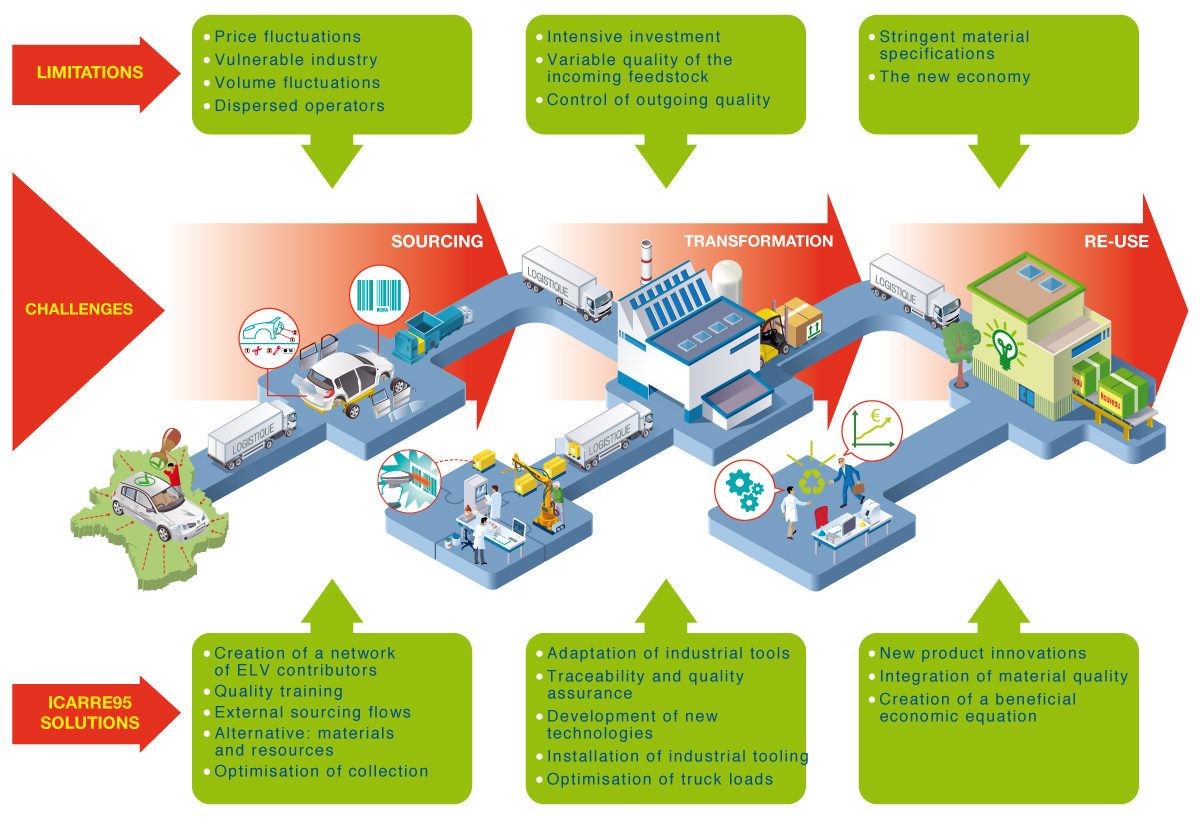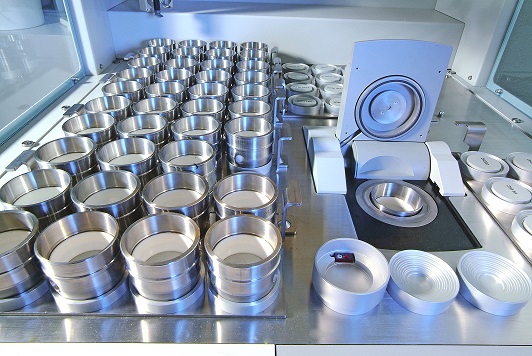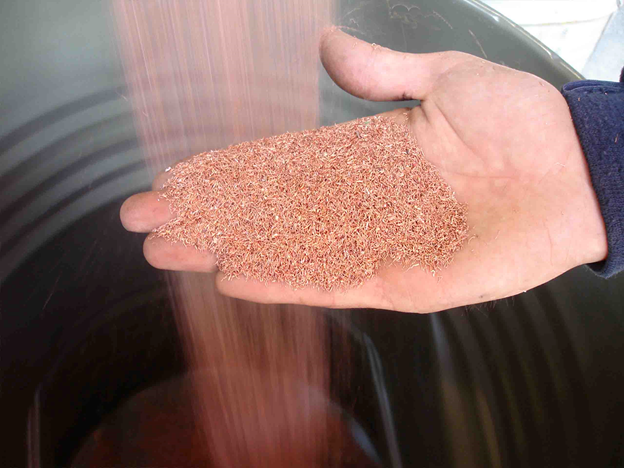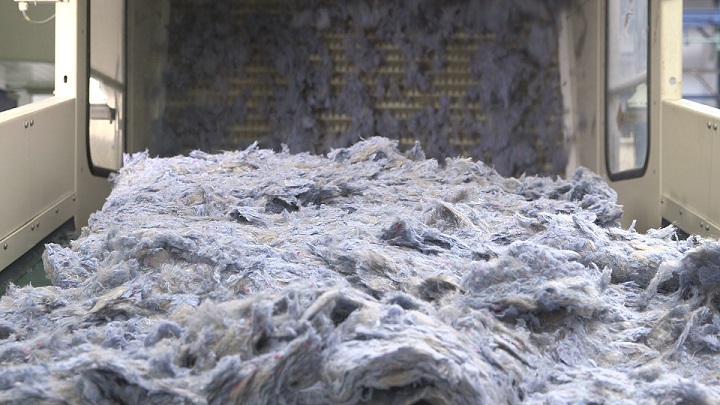Description
One of Renault’s targets in term of circular economy was to ensure the recycling of materials within the same branch (“closed loops”). The ICARRE95 project gave RENAULT (through its subsidiary Gaïa) the opportunity to develop new activities in the area of material collection and recycling in collaboration with entity specialised in the recycling of materials (SYNOVA for plastic, MTB for copper…). Three families of materials were carefully selected at the beginning of the project. In the first phase of the project, the objectives were to increase collected volumes and to set up quality standards for recycling operations in order to avoid cross pollution. The second phase was to foster the re-use of these materials by preparing them for a new life and re-using them in the production processes. During the Icarre95 project (2011-2015), Gaia served as an “interface” for all members of the project, allowing traceability of materials, contractual arrangements and billing. Since then, it ensures the operational feasibility of closed recycling loops developed during Icarre95 project.
By the end of 2015, Renault group could rely on five closed loops, operated by GAIA or other affiliates:
- Recycling of metallic parts deriving from maintenance and services networks are sent to foundries.
- Recycling of copper: wiring harness bought from dismantlers are turned into high quality recycled copper.
- Recycling of polypropylene (from bumpers).
- Recycling of Platinoïd Group Metals (from used catalytic converters).
- Recycling of metallic wastes from production processes.
Added value
- 30.6% of recycled materials in the total mass of new vehicles produced in Europe.
- With regards to plastic, Renault’s engineers design vehicles integrating at least 7% of recycled plastic materials. This rate can go up to 17% for certain models. In the end of 2015, the mass of recycled plastic was 23.8 kg per vehicle on average. This is particularly visible in Renault Group’s consumption of recycled plastic, which increased by 18.7% between 2013 and 2015.
- With regards to steel: the rate of recycled steel goes from 15% for flat steel to 100% for long steels and foundries.
- Increase in skills of different actors involved in the project.
- Better collaboration between project partners for the collection and re-use of materials.
- Setting up standards for materials dismantling and sorting to avoid cross pollution between materials
Challenges
- In order to secure high scale circular economy projects, Renault often relies on SMEs partners. SMEs engaged in such projects potentially take risks to engage in such projects. Thus, they should benefit from adequate conditions to ensure the viability of their operations and their collaboration with larger companies.
Partners
Noryl® recycling: Sabic
Polypropylene recycling: Synova, MTB, Kaliplast, Innovation Fluides Supercritiques (IFS)
Foam & textile recycling: Innortex, UP-tex, Filatures du parc
Copper recycling: MTB
Metals: Duesmann & Hensel recycling, Fonderie du Mans



